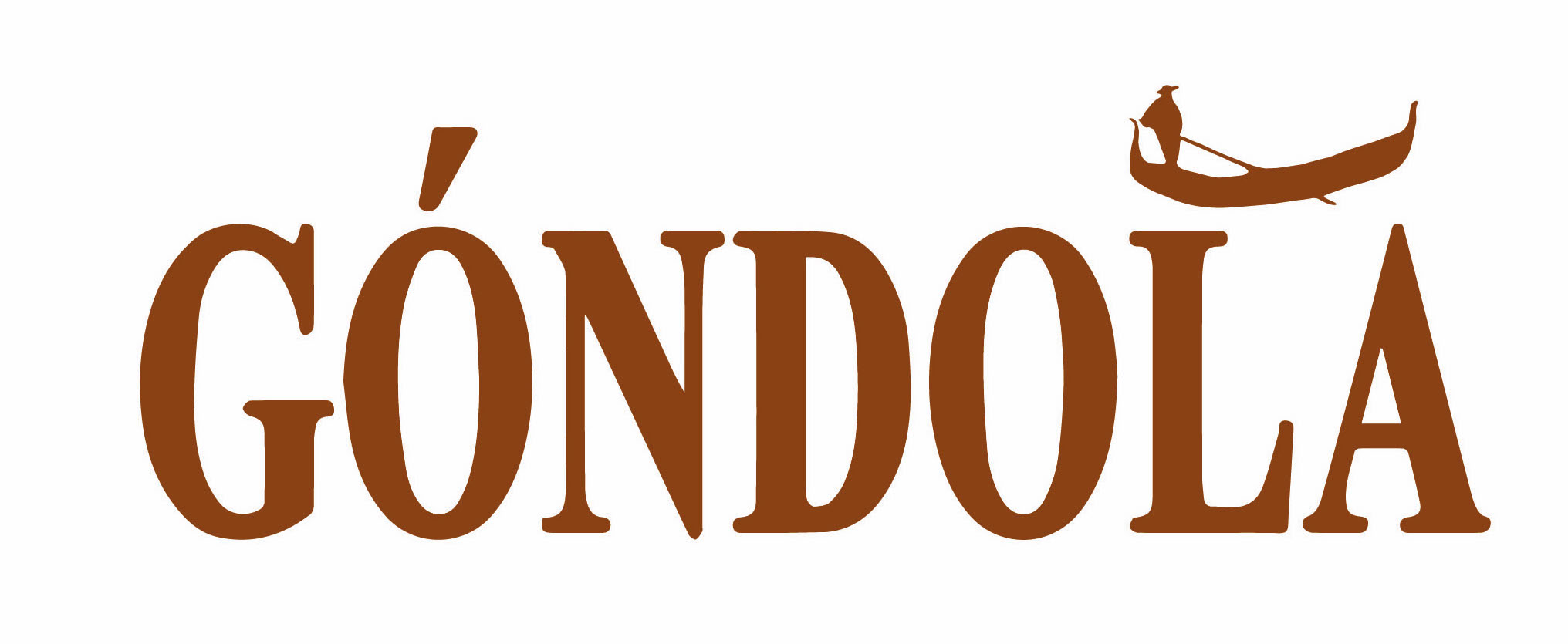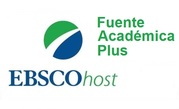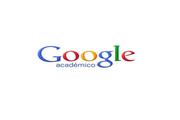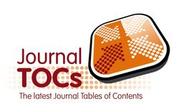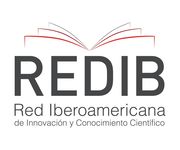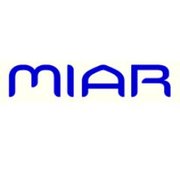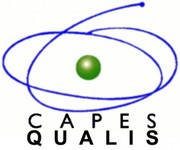DOI:
https://doi.org/10.14483/23464712.5315Published:
2007-01-01Enseñanza del fenómeno de interferencia en superficies curvas
Teaching the interference phenomenon on curved surfaces
Keywords:
internal reflection, curvature (en).Keywords:
reflexión interna, curvatura. (es).Downloads
Abstract (es)
La luz se puede definir como una onda o una partícula dependiendo del fenómeno físico que se este presentando. En este trabajo analizamos el experimento y explicamos el fenómeno de interferencia de la luz de forma cualitativa, donde esta se comporta como una onda emitida por un láser de helio-neón dentro de un tubo de vidrio (ya sea una probeta o un tubo fluorescente). Este fenómeno se debe a la reflexión interna entre las superficies del vidrio, que debido a la curvatura y al índice de refracción del vidrio ocurre la interferencia de los frentes de onda, y de esta forma se puede observar el fenómeno. Esto se hace con el fin de dar una introducción a la óptica ondulatoria ya que en la mayoría de colegios solo se explica la óptica geométrica a partir de las partículas.
Abstract (en)
Light can be defined as a wave or a particle depending on the physical phenomenon being presented. In this work we analyze the experiment and explain the phenomenon of light interference in a qualitative way, where it behaves like a wave emitted by a helium-neon laser inside a glass tube (either a test tube or a fluorescent tube). This phenomenon is due to the internal reflection between the surfaces of the glass, which due to the curvature and the refractive index of the glass occurs the interference of the wave fronts, and in this way the phenomenon can be observed. This is done in order to give an introduction to the wave optics since in most schools only geometric optics is explained from the particles.
References
Sears, Zemansky, Young, Física Universitaria, Sexta Edición. Ed. Adisson-Wesley, Pág. 901-902.
Sears, Zemansky, Young, Física Universitaria, Sexta Edición. Ed. Adisson-Wesley, Pág. 840-841.
Sears, Zemansky, Young, Física Universitaria, Sexta Edición. Ed. Addison-Wesley, Pág. 497-498, 817-819.
Edward Finn. Volumen I: Mecánica. Edición revisada y aumentada, Física. Marcelo Alonso, Ed. Addison-Wesley, Pág. 371-374.
How to Cite
APA
ACM
ACS
ABNT
Chicago
Harvard
IEEE
MLA
Turabian
Vancouver
Download Citation
License
Gondola, Ens Aprend Cienc. is an open-access publication, free of charge for authors and readers. The publication, consultation or download of the contents of the magazine does not generate any cost for the authors or the readers, since the Francisco José de Caldas District University assumes the expenses related to edition, management and publication. The peer evaluators do not receive any economic retribution for their valuable contribution. The work of all the actors mentioned above is understood as a contribution to the strengthening and growth of the research community in the field of Science Education.
As of December 1, 2018 the contents of the journal are published under the terms of the Creative Commons License Attribution-Noncommercial- ShareAlike 4.0 International (CC-BY-NC-SA 4.0), under which others may distribute, remix, retouch, and create from the work in a non-commercial way, give credit and license their new creations under the same conditions.
The copyright holders are the authors and the journal Gondola, Ens Aprend Cienc. The holders retain all rights without restrictions, respecting the terms of the license in terms of consultation, downloading and distribution of the material.
When the work or any of its elements is in the public domain according to the applicable law in force, this situation will not be affected by the license.
Likewise, we encourage authors to deposit their contributions in other institutional and thematic repositories, with the certainty that culture and knowledge is a good of all and for all.



